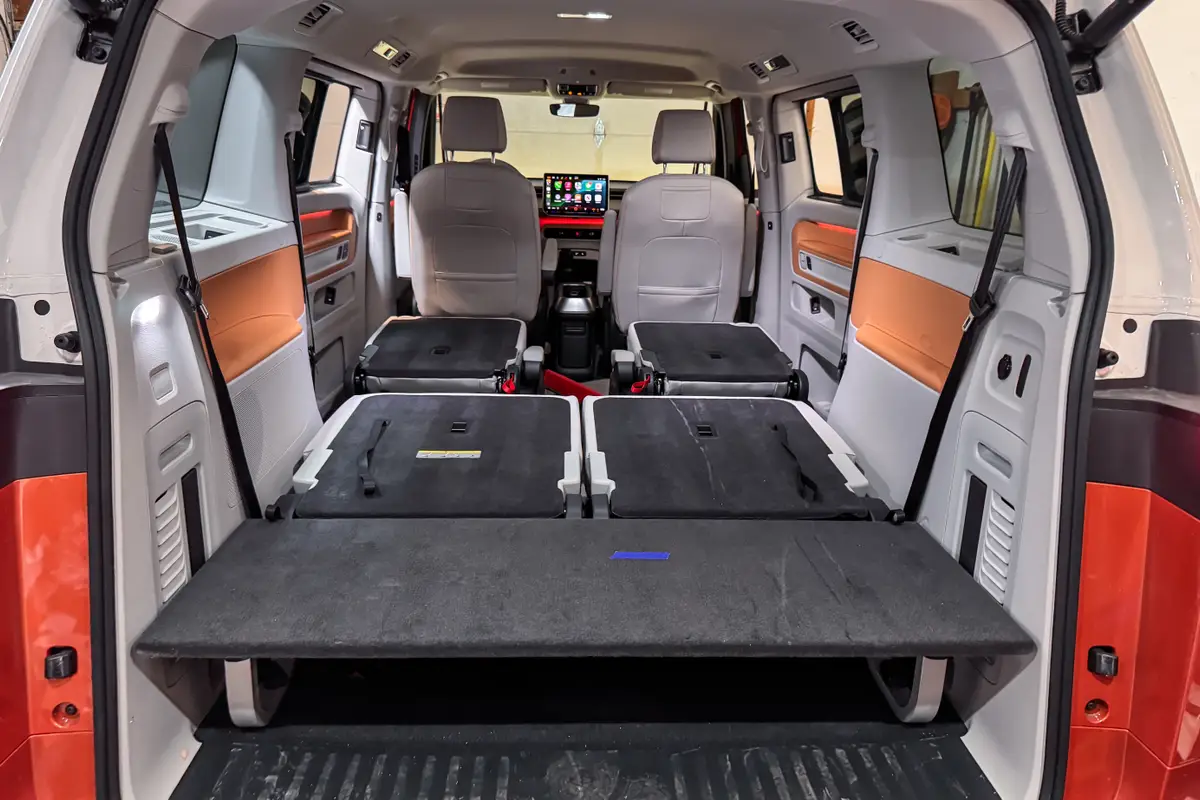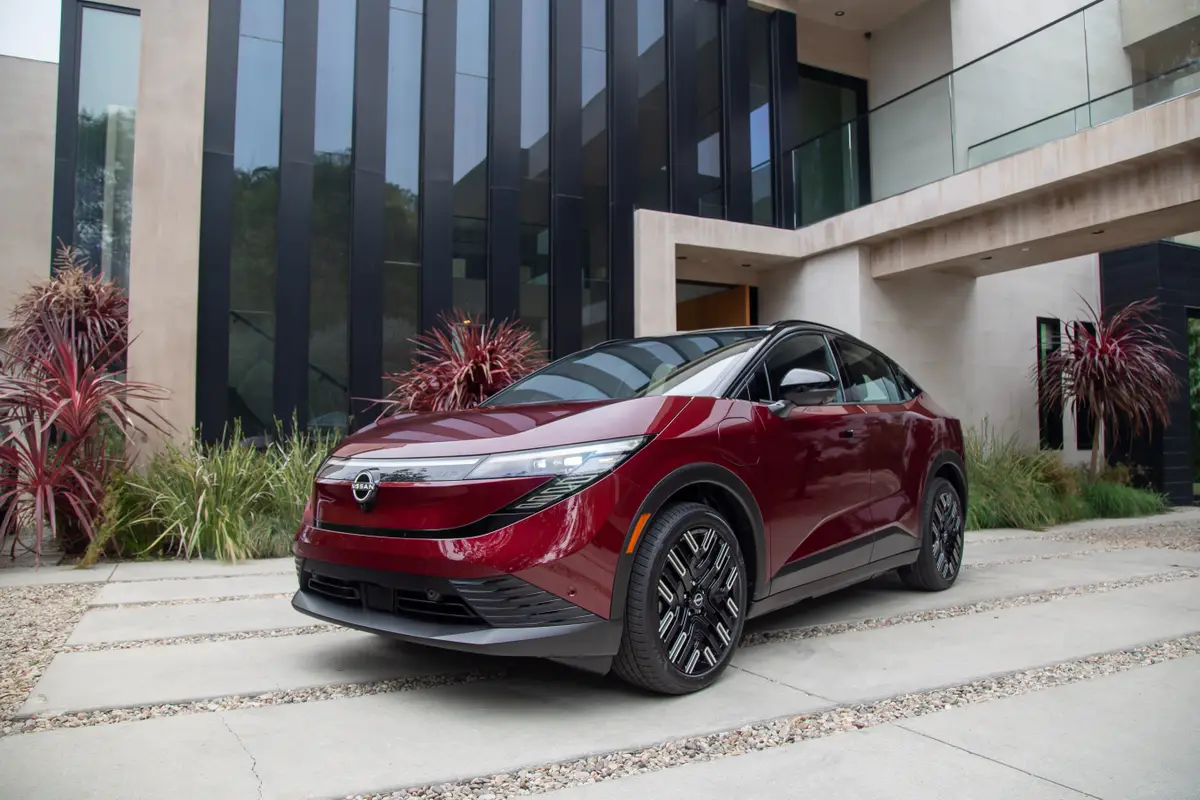Our Tesla Model Y in Cold Weather: How Was Range Affected?

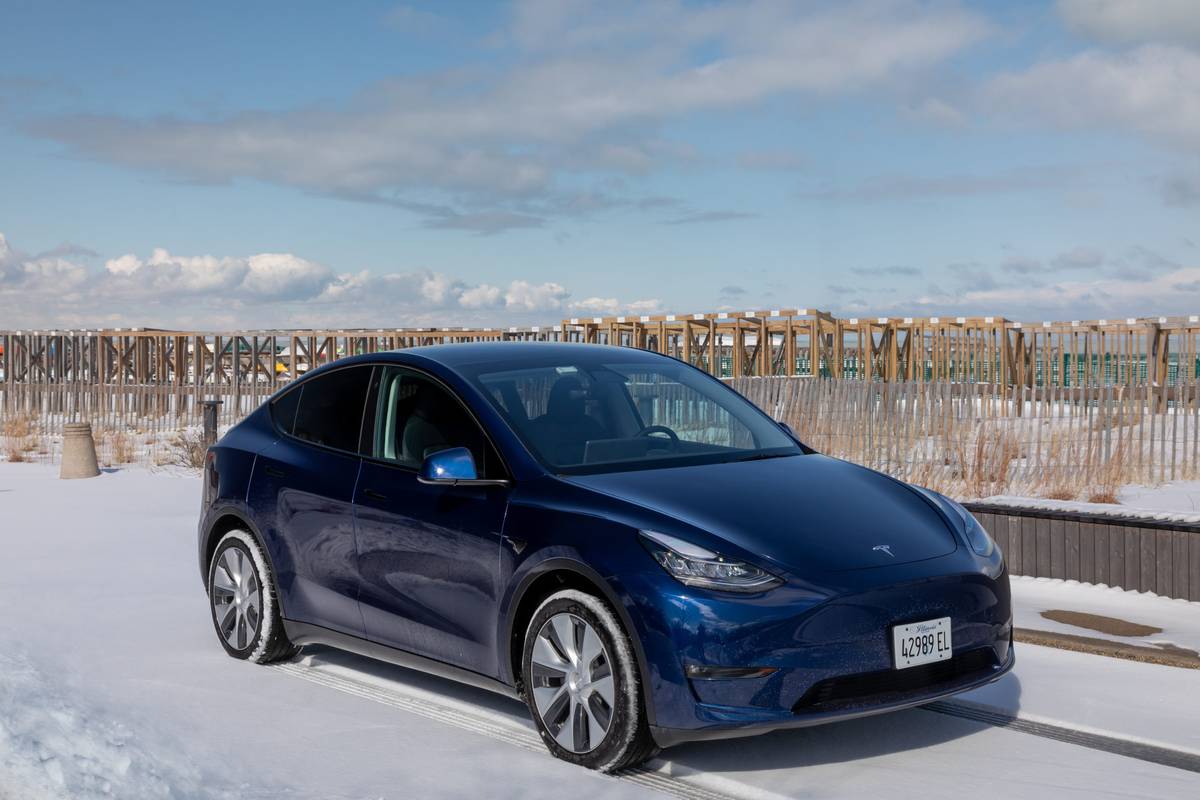
Driving electric vehicles in cold temperatures has the unfortunate effect of slashing an EV’s driving range; a AAA study found range can be reduced by 41% on average when the temperature drops from 75 degrees Fahrenheit to 20 degrees and the climate control system is used to heat the cabin. For cold-weather EV shoppers, take this time to shake your fist at warm-weather, EV-loving Californians.
Cars.com’s long-term 2021 Tesla Model Y Long Range has 326 miles of EPA-estimated range, so we examined the first 14 months and 13,000 miles of driving data to see how cold weather affected the electric SUV’s efficiency and potential range; our car has primarily been driven in the Midwest and in temperatures as cold as 0 degrees and as warm as 103 degrees.
Related: We Bought a 2021 Tesla Model Y
While range certainly dropped in colder temperatures, it didn’t fall off a cliff; more like it tumbled down a berm. Through the TeslaFi data logger we’ve enabled on our car, we reviewed the temperature-efficiency summary, which provides a summary of energy consumption and range-efficiency data sorted by outside temperature, and used that data to extrapolate potential range at a 100% state of charge.
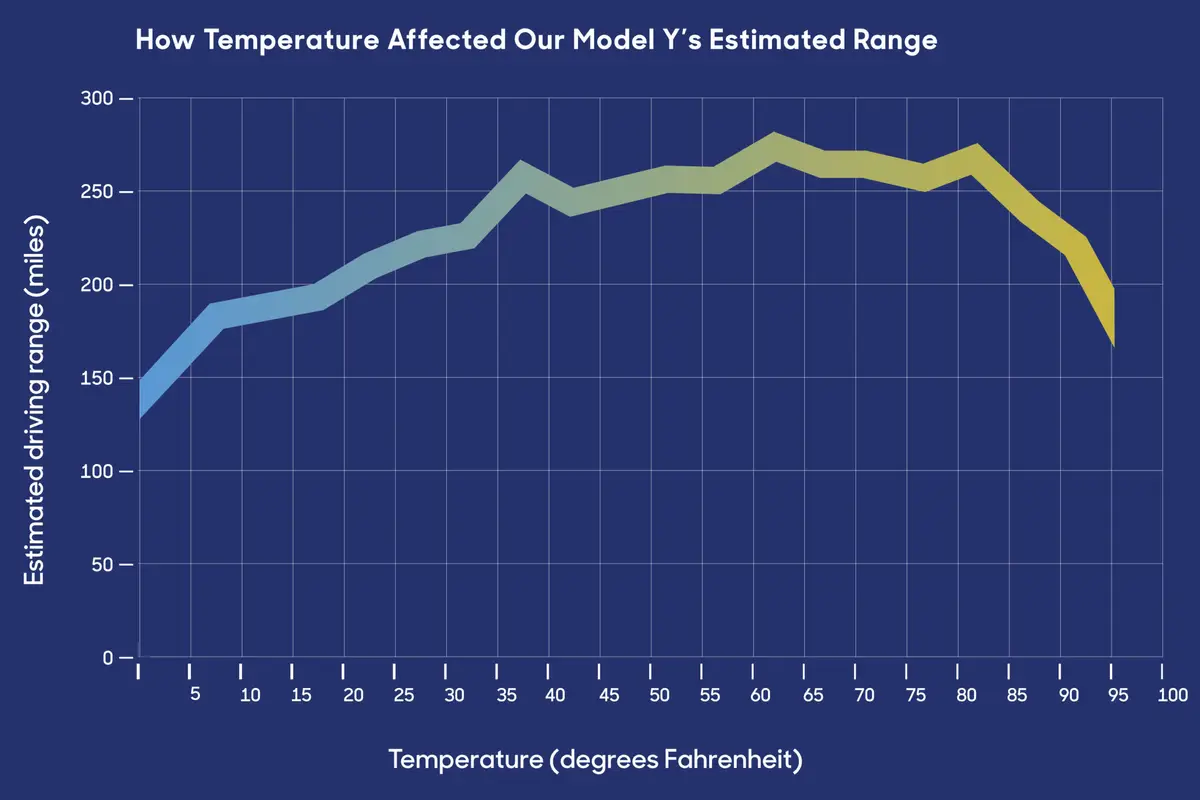
Looking at trips longer than a mile in the temperature range of 70-75 degrees versus 15-20 degrees (to mirror AAA’s temperature range as a benchmark), we observed a 27.3% decrease in predicted range, from 267 miles to 194 miles. Our cold-weather driving primarily took place in the Chicago area where winter’s mean temperature is 28.1 degrees, according to the National Weather Service, versus 73.3 degrees for summer. Looking at that milder temperature drop, which falls in a temperature band of 25-30 degrees, our estimated range only decreased from 267 to 223 miles, a 16.5% drop.
But we know temperatures can plummet much colder than that. Recently, we drove a couple hundred miles in the range of 5-10 degrees where the average predicted driving range at 100% dropped to 184.5 miles. Under 200 miles of driving range may still seem like “enough,” but also remember, you’ll mostly be operating in a window of that range to preserve battery health — not fully draining the battery and not fully charging it, either.
What Happened to 326 Miles of Driving Range?
Drive efficiency, which we used to extrapolate total range, is calculated by dividing actual miles traveled by how many rated miles were used, and we were a ways off from the EPA-rated 326 miles of range using this method. Know, however, that we unlocked the Model Y’s Acceleration Boost for additional acceleration mid-way through 2022 and expect some effect on range and efficiency.
A reported range efficiency of 80% means 200 miles of driving used 250 miles of rated range. From that, we use the 80% drive efficiency and EPA-rated 326 miles to calculate 260.8 miles of potential range (80% of 326).

Why such a large difference in the Tesla’s reported range versus actual miles traveled? Reported range displayed on the Model Y’s home screen uses a fixed EPA-rated consumption value that isn’t based on energy consumption history, so the displayed range doesn’t fully take into account actual energy used. For a reading that does, the predicted range value that’s based on driving history is shown in a separate page in the SUV’s center touchscreen.
While the drive efficiency prediction is anchored to EPA-rated miles, we also looked at average energy consumption and battery capacity to predict maximum range, much like how driving range in a gasoline-powered vehicle is calculated using average mpg and the vehicle’s fuel tank size.
We estimate our Model Y has about 80 kilowatt-hours of usable battery based on our charging history. At an observed 3.91 miles per kWh, we calculate a potential 313.4 miles of range in the 70-75 degree temperature range versus 225.7 miles of predicted range in the range of 15-20 degrees (2.82 miles per kWh), which represents a 28% decrease in range.
And when comparing 70-75 degrees to a more typical drop for our area of 25-30 degrees, the potential driving range fell from 313.4 miles to 256.8 miles (3.21 miles per kWh), an 18.1% drop. The highest predicted range using this method was 319.8 miles (4 miles per kWh) in the range of 60-65 degrees.
While both methods remain estimates, they showed similar percentage drops when looking at different temperature ranges.
How We Use Our Model Y
Owners may be able to coax better cold-weather performance from their Model Y. Our Model Y rotates from editor to editor — some who have garages with Level 2 charging, some who have outdoor Level 2 home charging and others who have no home charging. It’s used as an in-town commuter vehicle as well as a road-tripper, traveling from its home base in the Chicago area to places including Richmond, Va.; Toronto; Nashville, Tenn.; and multiple trips between Chicago and Detroit and Chicago and Milwaukee.
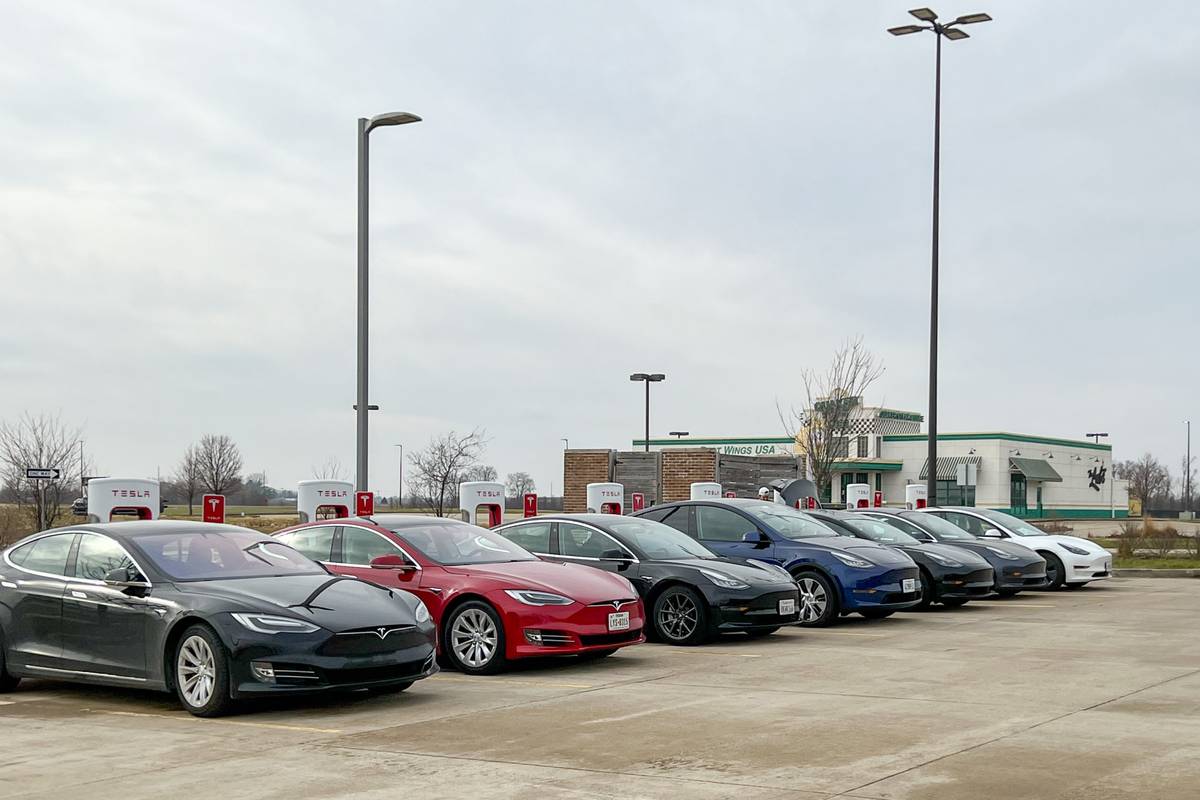
In cold weather, an owner with Level 2 charging could better mitigate some of the range-sapping effects of cold-weather driving by consistently preconditioning the car while plugged in, which can help preserve range by heating the cabin and battery using the charging system instead of the vehicle’s battery. Regenerative braking also needs warmer battery temps to operate, and preconditioning can assist with this — as long as the battery isn’t too full. The Model Y’s owner’s manual recommends activating the climate settings at least 30-45 minutes before departure.
With how we’re using our Model Y, however, we know we’re giving up around 20%-30% of our driving range when the temperatures drop below freezing. Even so, the sapped range hasn’t stopped us from road-tripping in winter, nor did it really change our driving style too much when doing so because of the reasonable distance between Tesla’s DC-fast-charging Superchargers. One editor noted slowing down and engaging the less-aggressive Chill driving mode, as well as stopping at a closer Supercharger while road-tripping in the winter, but there haven’t been any “get out the blanket, and turn off the heat!” moments to preserve range.
Related Video:
More From Cars.com:
- How Well Do Electric Cars Work in Cold Weather?
- Your Guide to EV Batteries: Premature Death, Range Loss and Preservation
- Electric Cars With the Longest Range
- 10 Biggest News Stories of the Year: Tesla Model Y Leads the Charge in an Electrifying Year in Cars
Cars.com’s Editorial department is your source for automotive news and reviews. In line with Cars.com’s long-standing ethics policy, editors and reviewers don’t accept gifts or free trips from automakers. The Editorial department is independent of Cars.com’s advertising, sales and sponsored content departments.

Managing Editor Joe Bruzek’s 22 years of automotive experience doesn’t count the lifelong obsession that started as a kid admiring his dad’s 1964 Chevrolet Corvette — and continues to this day. Joe’s been an automotive journalist with Cars.com for 16 years, writing shopper-focused car reviews, news and research content. As Managing Editor, one of his favorite areas of focus is helping shoppers understand electric cars and how to determine whether going electric is right for them. In his free time, Joe maintains a love-hate relationship with his 1998 Pontiac Firebird Trans Am that he wishes would fix itself. LinkedIn: https://www.linkedin.com/in/joe-bruzek-2699b41b/
Featured stories
